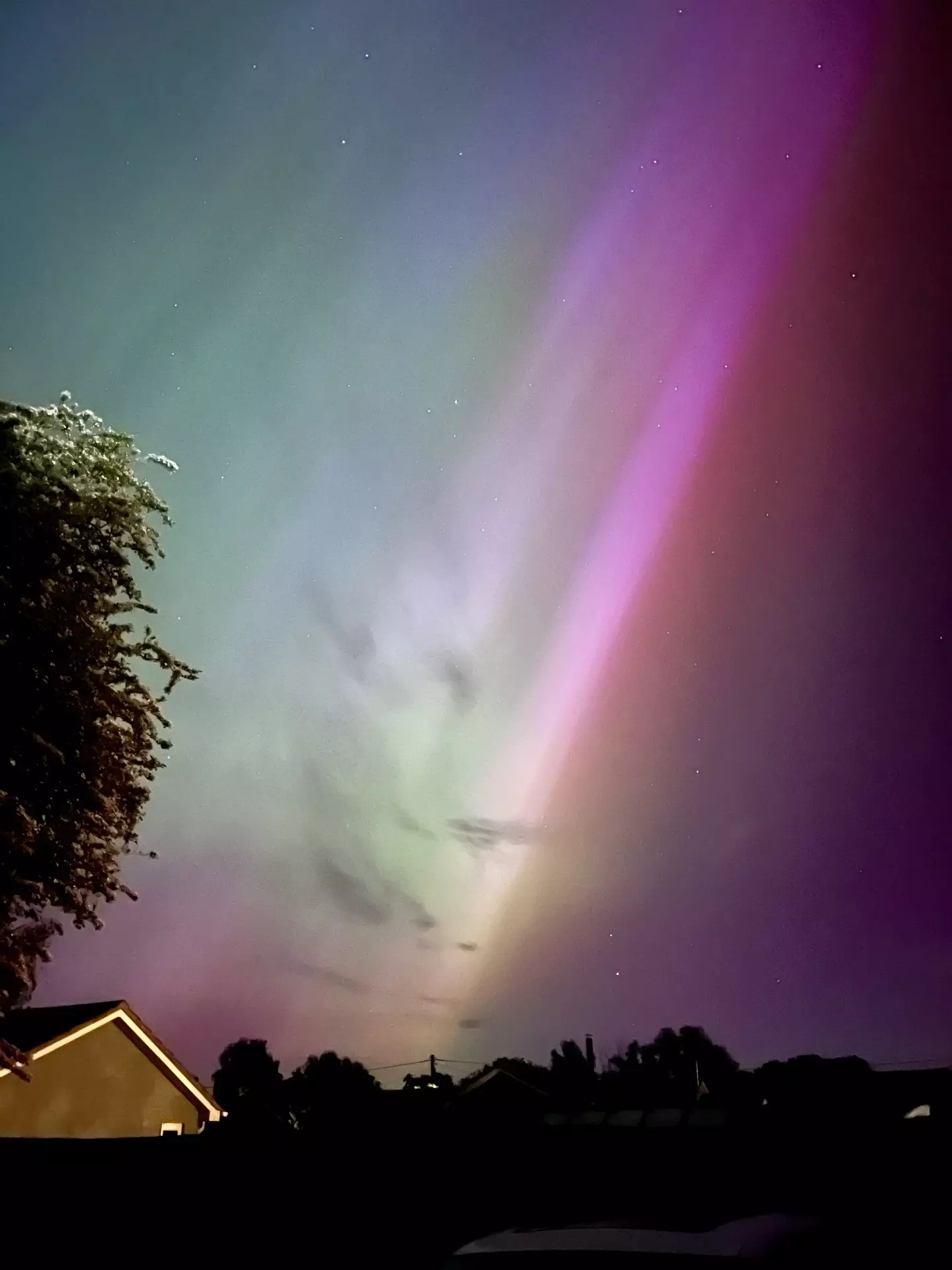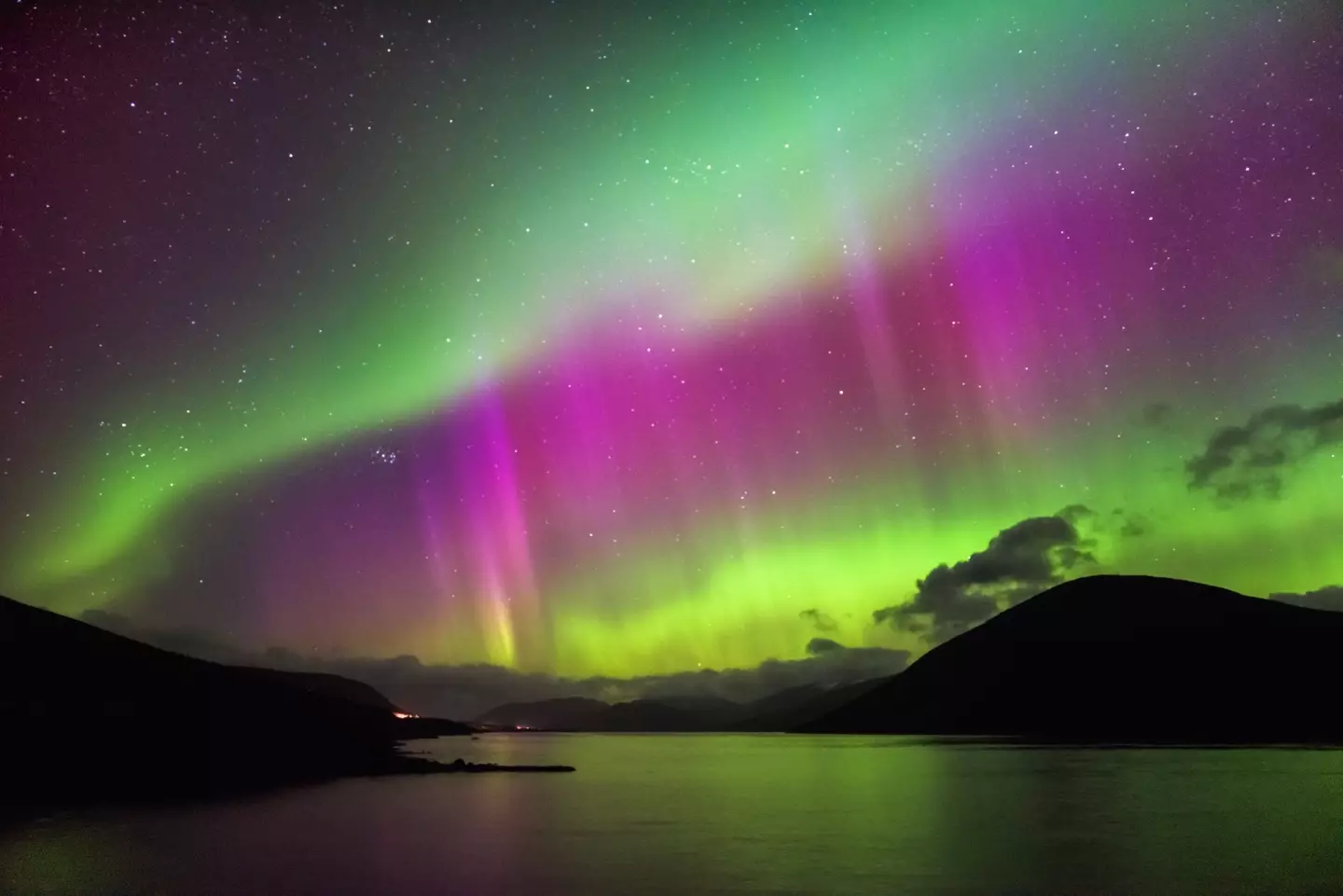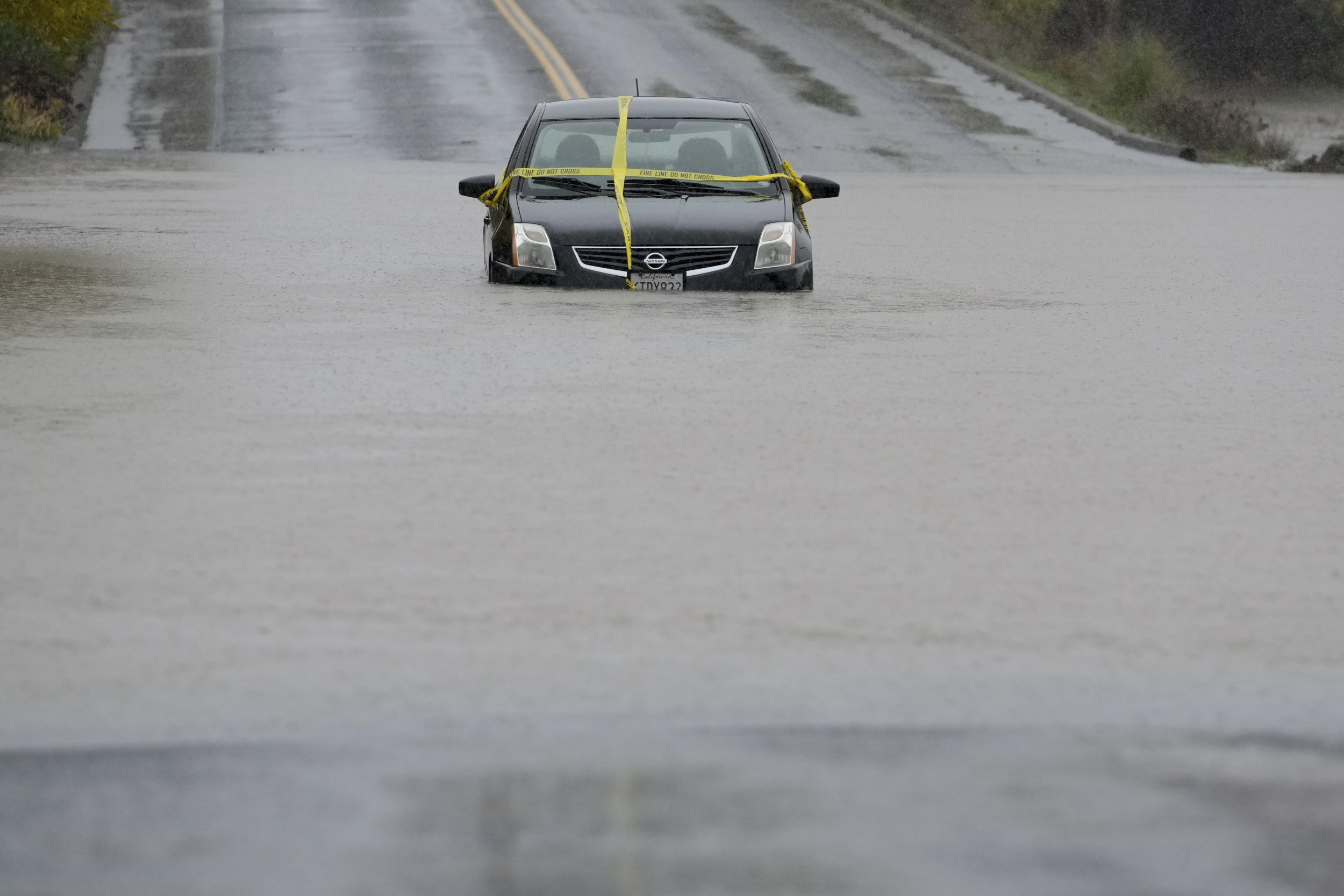Among all the weird things that’s happened this year, seeing the northern lights so clearly across the country certainly feels like one of them.
It’s fair to say plenty of us were pretty baffled when they filled the skies across the UK earlier this year. And then it seemed to just keep happening for some lucky buggers.
So, keeping with that trend the Met Office has confirmed the northern lights are going to return for a ‘once in a decade event’.
They might as well start paying rent at this point.
Because of a flip of the Sun’s magnetic field, the aurora borealis are set to be visible further south than usual more often in 2025.

We had it pretty good this year. (Getty Stock)
This shift in the Sun’s magnetic field happens every 11 years or so and we’re currently in the tail end of ‘solar maximum’.
Basically that’s when there’s a peak in the number of sunspots, with solar flares being fired out and causing the famous northern lights.
Space Weather Manager of the Met Office Space Weather Operations Centre (MOSWOC) Krista Hammond explained: “We’re now in the solar maximum phase, which means there’s more frequent sunspots and solar activity in general. While it’s not possible to know precisely what this means for individual Earth-directed solar events, it does mean there will likely be further chances of aurora visibility in the UK in the coming months.
“While we’re in the solar maximum phase now, which could last a year, it’s not possible to know exactly when the number of sunspots peaked until some time after it has happened.”
This whole ‘maximum phase’ stuff means there’s an ongoing chance of space weather activity, like when we had the strongest geomagnetic storm on Earth in two decades back in the Spring.

There's time to see them soon. (Getty Stock)
“A similar, though less strong, event reached Earth earlier in October, providing aurora visibility as far south as parts of central and southern England and Wales,” the Met Office added.
Scientists generally agree solar maximum is going to be reached next year and this would mean the area where the northern lights are visible will get even wider.
And when the phase is over, acitivity on the Sun’s surface will gradually reduce in the coming years as it gets to solar minimum.
“While the total number of sunspots will start to reduce after solar maximum, we will continue to see space weather throughout the solar cycle, even as overall activity declines. Indeed, in some solar cycles, the larger events can happen as the Sun transitions back towards solar minimum,” Hammond added.
“It’s our job in MOSWOC to forecast these events in the coming months and years to minimise any potential disruption to satellite operations or some ground-based infrastructure.”




















 English (US) ·
English (US) ·